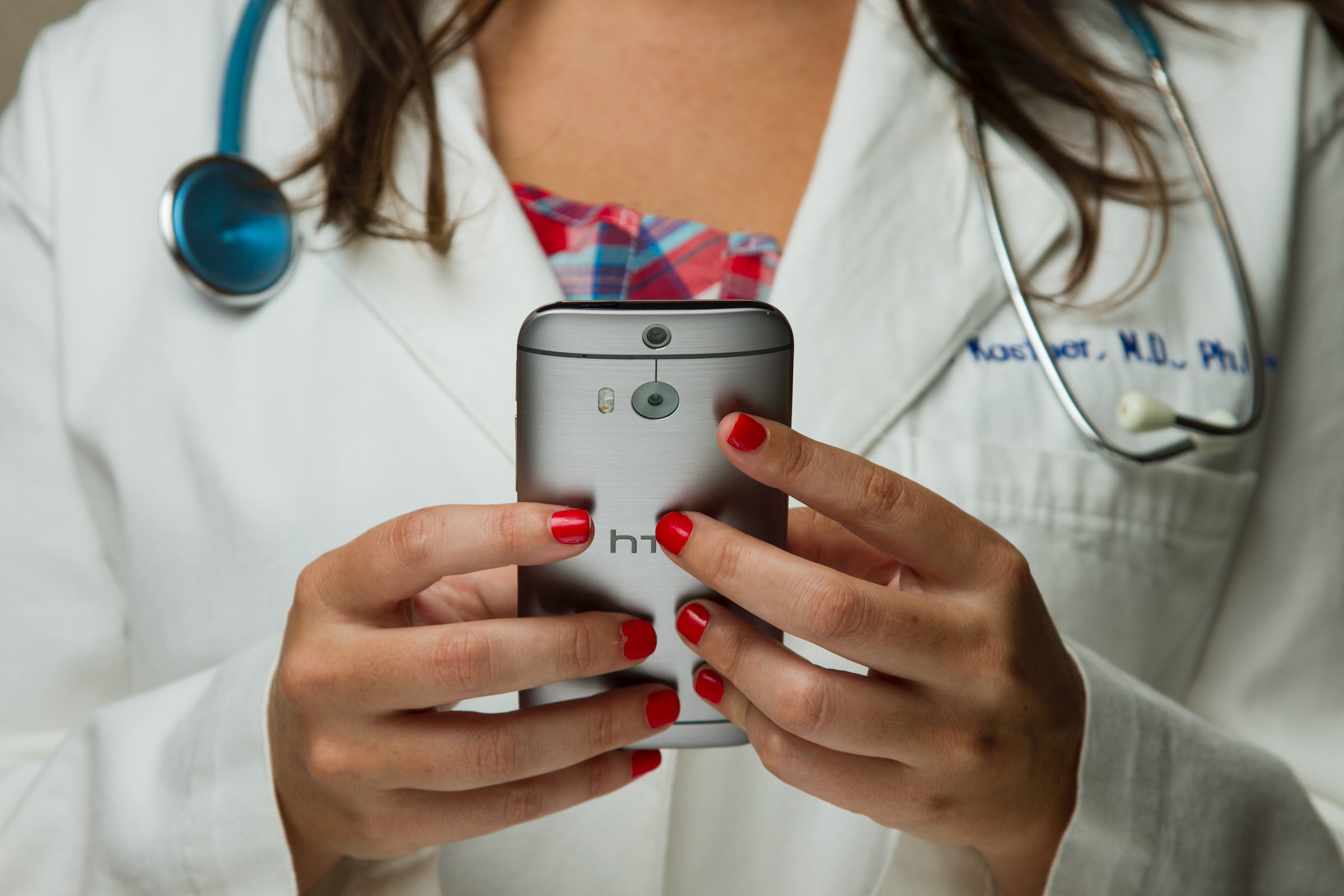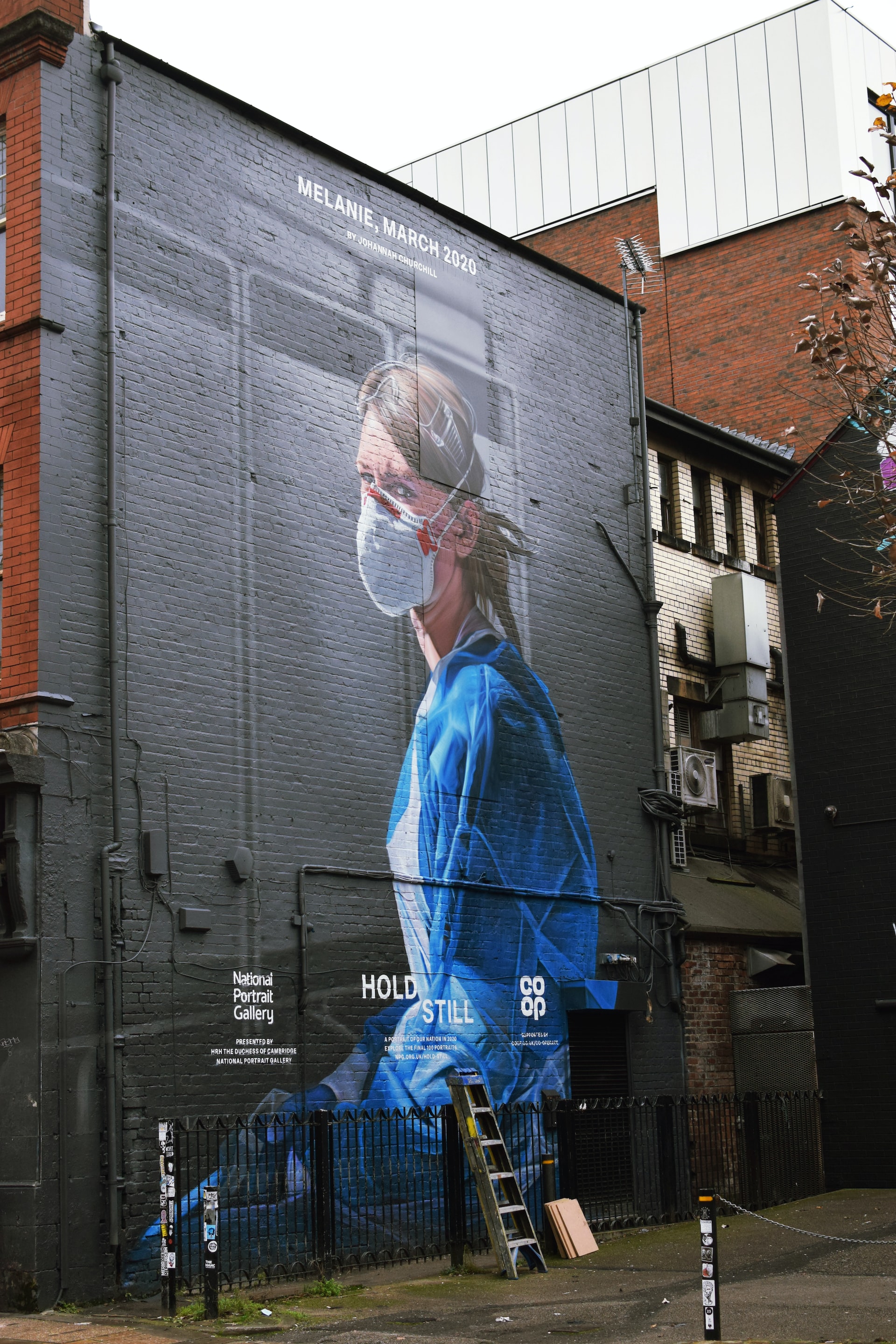Social Media And Healthcare - How To Do Social Media Strategies For Doctors
The challenges of social mediain the healthcare industry can be difficult to handle. If 2022 has shown us anything, it's that social media and healthcarecan work well together.
However, social media may be a valuable tool for communication when used properly. They can enable you to reach millions of individuals worldwide with science-based health and wellness information.
Social Media And Healthcare
Providers, advertising agencies, and brands must produce social media content that:
informed, timely, and accurate facts, without room for disagreement, engaging, and compliance with all applicable laws and regulations
In this article, we examine the several advantages of social media use in the healthcare industry. We also offer advice on how to keep your social media outlets secure and compliant.
Social Media's Advantages In Healthcare
Social media for healthcare has several advantages, including:
- Increasing societal awareness
- Fighting false information
- Communication in an emergencyincreasing the reach of current resources and recruiting initiatives
- Addressing typical inquiries
Want to witness these advantages in action and hear straight from the medical professionals doing the dirty work? Visit Stationzilla, a website featuring medical newsand advice from experts.
Bring Attention
The public's knowledge of new, emerging, and yearly health issues must be heightened.
Reminding followers of common-sense health practices is a straightforward way to raise awareness of health issues. It might even be as difficult as organizing seasonal campaigns.
Social media can increase awareness of diseases, fashion, and other health-related topics. Public concerns evolve quite quickly. The ideal tool for informing the public of the most recent problems, rules, and recommendations is social media.
Directly including the important information in the body of your social media postings is one of the best strategies for spreading it. Always give the audience a link so they can click on it to receive further information if they like.
Fighting False Information
Social media works best when it can quickly convey true and accurate information to a variety of audiences. When the knowledge is accurate from a scientific standpoint, it can be quite useful.
Regrettably, there is a lot of false information on social media, particularly in the healthcare industry. Fortunately, more than half of Gen Z and Millennials are "extremely aware" of COVID-19 "false news" on social media and frequently recognize it.
When it comes to health care, fake newsmay be a risky game. Even former US President Donald Trump drew criticism for saying that injecting bleach could treat the coronavirus. There is strong disagreement among medical experts over this assertion.
The unfortunate fact is that false information is spread by making false claims about the facts. The good news is that they are rather simple to refute.
For instance, dispelling a myth about healthcare might be aided by providing research or the most recent data from a reliable health source. Ideal sources for this information are the CDC or WHO.
The shady portion comes next. Those who spread false information may do so by using the name of an established organization. This is done in an effort to increase the article's credibility and audience.
But what should you do if you question an institution's role in a piece of writing? You can start by visiting their official website. Enter site:institutionname.com and the phrase "fact you wish to validate" into Google.
The official institute website will be searched using this search function to find information about the phrase.
People frequently have a strong tendency to believe whatever fits inside their own worldview; thus, this is something to be cautious of. even when the opposite position is supported by solid evidence.
It's critical to give people time and space in these situations so they can release their emotional reactions. Try to comprehend their emotional motivations and motivate them to seek out accurate facts.
Emergency Communication
Pew Research Center reports that 82% of American adults access news using digital devices.
The most frequent news source for people under the age of 29 is social media. EvenThe New York Timeshas noted that TikTok has become Generation Z's preferred search engine.
Sharing breaking news on social media is essential. This is especially true for situations where it is best for the general public to be informed. People resorted to government health experts for information during the COVID-19 pandemic.
Medical and health officials collaborated with state governments in the US. Together, they were able to communicate effectively during this crisis by using social media.
This was made possible in part by the frequent video updates on social media sites like Facebook. The public can easily receive real-time updates by using social media. This is especially valid in situations where things are continually shifting.
Social media can also reach more people more quickly and widely than traditional media (such as TV and newspapers).
Use the "pinned" post features and update your banners and cover photos frequently. People can be directed to important resources by doing this as well.
Extend The Use Of Current Resources
Through medical journals and conferences, medical practitioners frequently learn about new knowledge and best practices. Make use of social media to educate learners.
Here is yet another COVID-19 illustration. The LIVES conference, hosted by the European Society of Intensive Care Medicine (ESICM), will take place online starting in 2021.
This made it possible for everyone who was interested to participate, wherever they might be. They distributed the webinars through live video on YouTube and Facebook in addition to a dedicated website. They also tweeted live during the events.
Respond To Common Inquiries
Who has felt sick and then gotten lost on WebMD? Raise your hands. You know, self-diagnosing the worst health issues that might exist? Yes, we agree.
This is why treating common health concerns requires factual information from health authorities.
The public can interact with healthcare providers through social media sites. Answering common health queries provides people with peace of mind and prevents them from self-diagnosing.
For instance, the World Health Organizationcreated a chatbot for Facebook Messenger. Users' queries can be addressed, people can be pointed in the direction of reliable sources, and it can help dispel rumors.
People Also Ask
How Social Media Is Used In Healthcare?
Posts and updates can be shared by users with their followers, friends, and family. Social media use in healthcare can aid in patient engagement because it keeps them informed and up-to-date all the time. behavioral therapy. The use of social media can benefit people who have particular health issues.
How Is Social Media Changing Healthcare?
Social media, according to medical professionals, enhances the standard of patient care. Social media informs and educates both patients and doctors. The healthcare system is more open when it comes to value, cost, and outcomes. Positive interactions between patients and providers lead to increased trust.
How Has Social Media Improved Healthcare?
Social media presents a chance for healthcare professionals and facilities to reach out to potential study and survey participants. Researchers and healthcare institutions must comprehend social media demographics, much like marketers.
Conclusion
It can be difficult to use social media as a healthcare worker. However, there are countless benefits that social media may offer your business.

